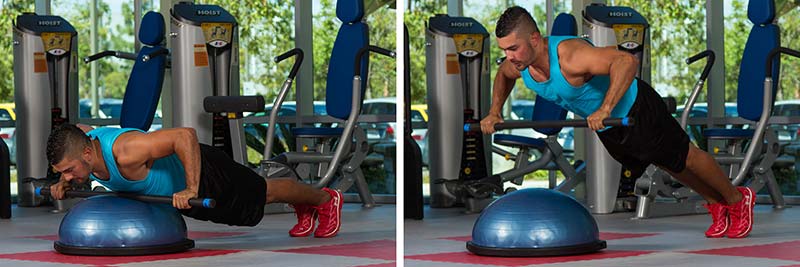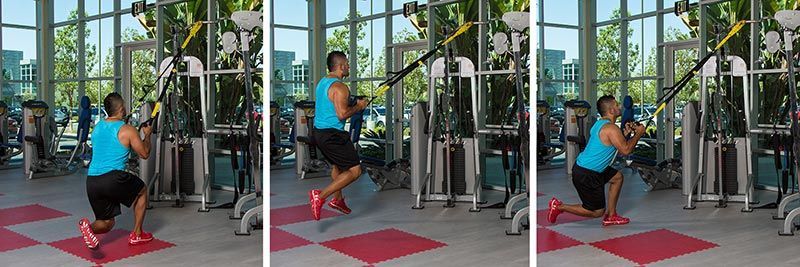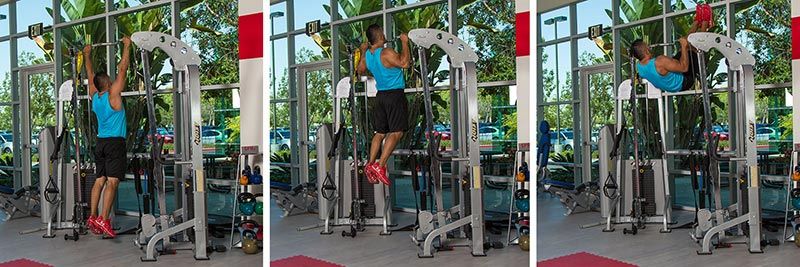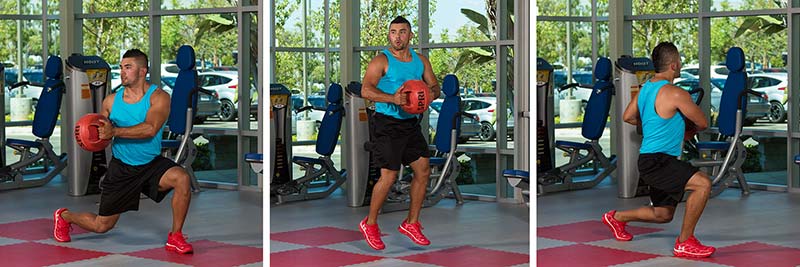For a very long time in fitness, when you did weight training, it was always at the same speed. And it was not a quick one. When I first got certified in the late 1990’, weight training was always done at “normal” speed on the lift (usually about 1-2 seconds), and a “controlled” speed on the return (usually about 2-3 seconds). These rules were also often paired up with the idea that “ballistic” movements are dangerous. By using the word “ballistic,” it was as if people were made to think of bullets, and because bullets equal danger, few ever argued with this assertion.
However, whenever life calls on you to avoid physical harm, play any physical game or sport, or just to avoid damage to your cell phone when you drop it, you move rapidly.
Many people who don’t currently exercise are scared that working out might hurt them, when in fact It is life that will injure them if they don’t prepare for it by working out!
There’s nothing wrong with lifting slowly at controlled speeds, but there’s also nothing wrong with lifting quickly. Here are some options to begin to do this:
-Lift quickly, lower with control
-Lift with control, lower quickly
-Maximize acceleration (and deceleration)
The first two are fairly straightforward and you can use them with many common weight-training exercises. In these two methods, “quickly” simply means explosively, but don’t let the word scare you (like “ballistic” did two decades ago). In the first two options, you’ll need to use lighter loads if you are using external loads (dumbbells, medicine balls, barbells, kettlebells, etc.). In most cases, you want to use a weight that allows you to perform about 20 reps.
You can, of course, specify the tempo of lifting and lowering. You will typically see this noted with the tempo as a series of numbers (e.g., 2-0-2-0) referring to the number of seconds for the concentric phase, a pause in the loaded position, seconds for the eccentric phase, and a pause at the start position. I have found that in all but the most dedicated weight lifters, counting seconds is a tedious task while lifting. (I use this periodically with myself, but not with very many clients.) The benefit vs. hassle for most people simply isn’t worth the effort. For the majority of my clients lifting or lowering with speed, I recommend they do so with a tempo that is faster than whatever is “normal” for them.
For a more novel approach, you can maximize acceleration. This is nervous-system training. There is a reason the 100-meter dash is considered the standard for the world’s fastest human label. At maximum power output, performance will begin to lag at about the 10-second mark.
I typically pair up two unrelated exercises and perform each for 10 seconds with 30 seconds rest between each exercise. Each superset is performed eight to 10 times in a workout. The short-duration sets mean the performance will be very high while still providing a significant challenge. There are 70 seconds between the performance of each individual exercise (30 seconds rest + 10 seconds of opposite exercise + 30 seconds of rest), which is enough to recover the nervous system, but not full recovery for the energy system.
Not only is this type of training challenging, it’s also a lot of fun.
SUPERSET EXAMPLES:
Super Set 1
A: Squat Jump (with light load)

B: Explosive Push-up (with weighted bar on BOSU dome)

The weighted bar in these exercises adds a small load—enough to provide an extra challenge, but not enough to make the movement unnatural or to negatively affect mechanics. If a weight bar is unavailable, perform these without any additional load or with a weighted vest loaded with 5 to 15 pounds.
Super Set 2
A: Single-arm Explosive Alternating Landmine Push Press

B: Skater Hops (use suspension trainer)

These two exercises work the upper body and core at a high level. For the skater hops, I prefer to use a suspension trainer to allow for maximum power. Very little reliance is placed on the handles, but enough to allow comfortable landings and full explosiveness.
Super Set 3
A: Pull-up with Vertical Leg Shoot

B: Low Lunge Leg Switch With Medicine Ball

This pull-up variation is demanding, but although it is explosive, each rep takes a good deal of time—relatively speaking—so you only need to be able to perform three to four reps in each set. The low lunge leg switch is a faster exercise, so you will be able to perform many more reps during the 10-second sets.
Here is a short video showing all 6 exercises.
Wrap-up
It’s okay to move quickly as long as you move well. Movement quality always comes first. Life and sport are rapid by nature. Because life will make you move quickly at some point, it makes sense to add some speed training on top of that foundational movement quality.




 by
by 











 by
by